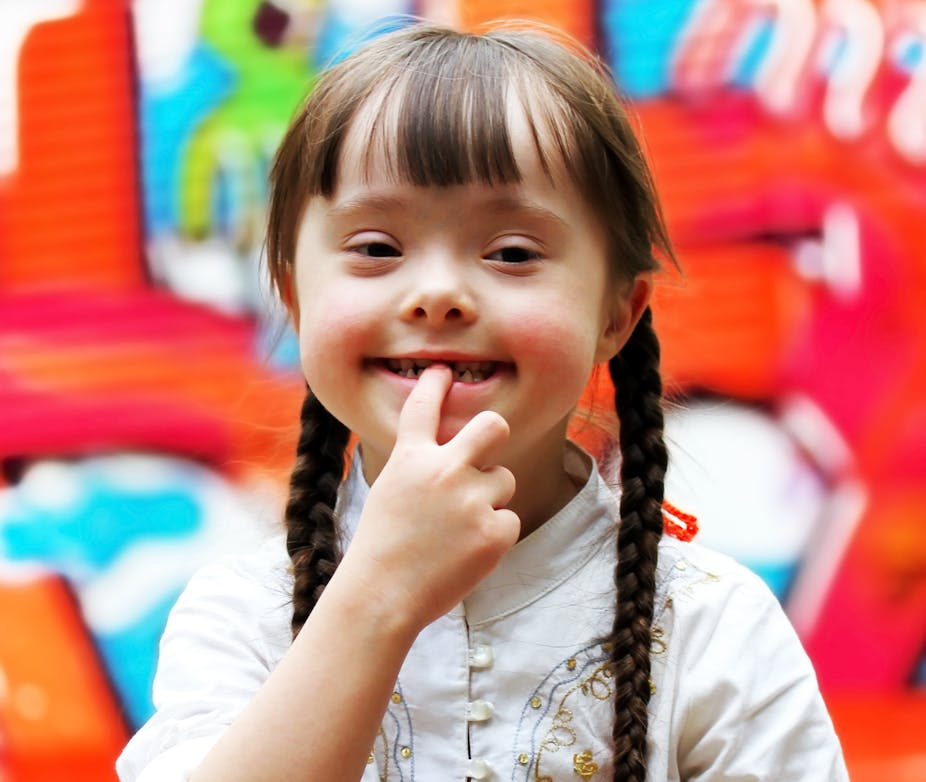I was shocked when the local preschool teacher asked me when my son was coming to preschool… I had no idea he was even permitted to attend the local preschool.
Those are not the words of a mother during Apartheid in South Africa or someone labelled “untouchable” living under a caste system. They are the words of an Australian mother whose son has been labelled “disabled”. This mother is participating in some of my current research.
This mother and her son are not alone. And along with many other students, he is at risk of being excluded from the same access and opportunities open to students who do not experience disability.
Exclusion is everywhere in Australian education. It doesn’t only happen when a child is prevented from going to a mainstream school or is segregated into a “special” school. It also happens when students merely co-exist within a mainstream setting, but are not really included.
This can mean a student is excluded from sports activities, school camps and excursions or only permitted to attend school for part of the day. It can also mean a student is not supported to fully participate in the academic and social life of the classroom.
Inclusive education, on the other hand, means all children participate fully together within and beyond mainstream schools.
In a recent review of research on inclusive education, I found unequivocally that inclusive education is better for everyone in every way. This includes positive outcomes for social, academic, cognitive and physical development in all children – regardless of whether or not the child experiences disability.
For example, in inclusive classrooms, children show increased communication development, more positive behaviour and better outcomes in reading, writing and mathematics. Children also show a more positive sense of self-worth. Inclusive education also creates an improved sense of community and belonging.
Genuine inclusive education can and does happen. But at the moment in Australia we do not have inclusive education for all students. Many students who experience disability continue to be denied equal access to inclusive education from early childhood through to adulthood.
This is despite the Australian government committing to inclusive education in an array of documents and policies, including: the National Disability Strategy; the Australian Curriculum; the Australian Professional Standards for Teachers; and the Early Years Learning Framework for Australia.
The United Nations Committee on the Rights of Persons with Disabilities recently found that Australia is failing to uphold the right of all children to an inclusive education. The Committee criticised the continuing segregation of students who experience disability into “special” schools, classes or units. The Committee also raised concerns regarding the lack of genuine inclusion in mainstream settings and low high school completion rates.
So why is this happening in Australia in 2013?
There are many barriers to inclusive education. These include: negative attitudes and stigma around difference and disability; lack of understanding of inclusive education; insufficient education and professional development in the area of inclusive education for teachers and support staff; and systemic barriers including limited funding and support from education authorities.
A common misunderstanding is to think of inclusive education as being only about placement of children who experience disability in schools or early childhood settings alongside peers who do not experience disability.
Being physically present in a mainstream school setting does not automatically result in inclusion. Placement within a mainstream setting, while an important and necessary starting point, is really only a starting point. Inclusive education is much more than this – it requires participation and belonging as equal members of a school community.
Danny Dickson, a year 9 student who experiences disability and who spoke at the launch of a recent issues paper I wrote for Children with Disability Australia, says:
School would be a much better place for kids with disability if everyone thought about their attitude to disability. Disability doesn’t mean “not normal”… We are all different so it shouldn’t be such a big deal.
We all need to have our shared humanity recognised. For any of us to succeed as members of society we need to be included. This requires realising that no child is “broken” or “not normal” and children do not need to be “fixed” or “cured”.
As a society we need to welcome diversity, and see it as a resource rather than a “problem”. Genuine inclusive education means every child is valued and experiences a sense of belonging. It means all children are encouraged to flourish in all areas of development.
As another mother in my research told me:
Inclusion means all people are able to contribute to their community and have their contribution recognised while fully participating in their society and having their differences and contribution valued.
Inclusive education is, as Australian education expert Roger Slee suggests, a necessary condition for realising the democratic project.
After all, we’re all in this together. And we have every right to be.

